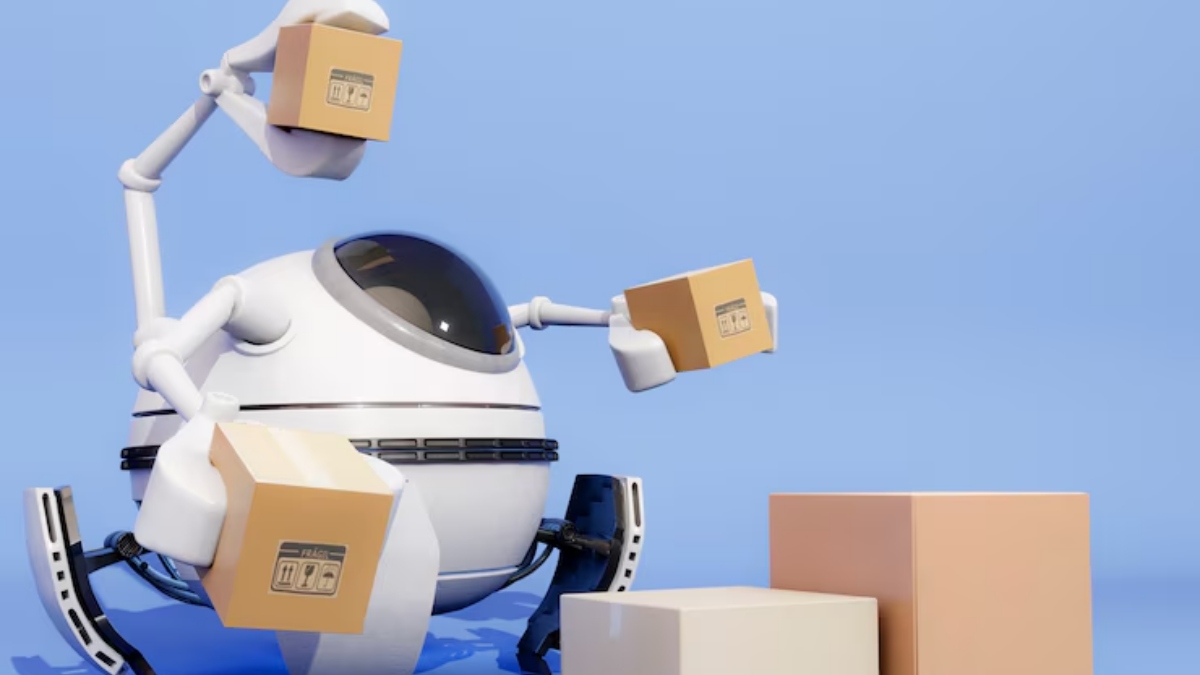Amazon is said to be further ahead than expected in its automation plans; the company is developing sophisticated artificial intelligence (AI) software to control humanoid robots, potentially replacing human delivery workers in the long haul. This represents a significant ramping up of the company’s plans to boost efficiencies and lower costs across an enormous logistics network.
Including the reports, aside from the cutting-edge AI that will power the robots, Amazon is also building a testing facility, which they call a “humanoid park,” in San Francisco. This “park” will serve as an indoor obstacle course to mirror real-world delivery situations. Now Amazon can test the robots in real life situations with constraints and unpredictability. The park will reportedly feature things like faux doorways, steps and a parked Rivian electric delivery van to throw at-rods as many obstacles as they can while they perform delivery-related functions like avoiding pedestrians or passing other deliveries.
Amazon, while developing its own cutting-edge AI software, is going to use hardware from some robotics companies for early tests. Amazon will likely test different humanoid robots, including ones from companies like Unitree Robotics (like the Unitree G1 robot), to collect a variety of data for training its AI. Eventually, these humanoid robots could be loaded onto the back of Amazon’s growing fleet of Rivian electric vans, and step out to deliver packages right to customers’ doors.
This development is part of Amazon’s much larger and faster push into automation. The company has already incorporated many robotic systems in its warehouses. The company has also articulated how AI will enter its stockroom, delivery, and massive fulfilment centres to accelerate package delivery. Although the company has not stated publicly if or when the humanoid park or delivery robots would come to fruition, this development represents Amazon’s confidence that advanced technology and specifically AI represent the future of logistics in e-commerce.
The idea of humanoid robots supplanting human workers in delivery raises many questions about the future of human employment within logistics, despite Amazon stressing its current warehouse robots assist customers and provide safety benefits, and the intended purpose of “replacement” in the long run suggests that there could be some dramatic changes in delivery, prompted by the unrelenting pursuit of quicker service and lower operational costs.
Also Read: NYT Strands For June 5, 2025: Today’s Hints, Answers And Spangram


